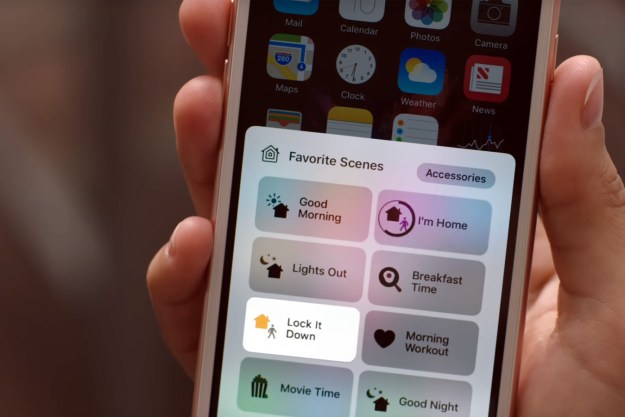
In response to a direct question about whether or not Nest would weigh its options after Apple announced that iOS 11 would make it a lot easier for other products to add support to HomeKit, a Nest spokesperson said that the company is “open to supporting” the platform and would “consider HomeKit.” Indeed, as we reported earlier, Apple’s updates to its latest operating system will no longer require developers to integrate an authentication chip when developing with HomeKit, nor will developers need an MFi license to control connected device prototypes.
Of course, iOS 11 hasn’t dropped quite yet, but it will soon be made available — timing is slated for the fall, just before the highly anticipated HomePod Siri speaker, which serves as an answer to Amazon’s Echo and Google’s Google Home.
Already, HomeKit includes support for all products Nest offers, including the firm’s security cameras, thermostats, and smoke and fire detectors. And later in the year, Apple is planning on adding support for a whole host of other smart products, too, including sprinklers and faucets. This will ultimately bring the number of product types the platform supports to 16, as HomeKit currently supports garage doors, window shades, security devices, humidifiers, air conditioners, locks, air purifiers, lights, outlets, fans, cameras, and doorbells.
So if you’re looking to give your home a smart makeover, this fall could be the time to do it. And now that Apple is playing nice with everyone, you could just turn to the iEmpire for your own empire.
Editors' Recommendations
- Google rolls out new Nest Cam features to Google Home for web
- Nest Secure will be discontinued in April – prepare your smart home with these steps
- Matter adds support for fridges, air purifiers, robot vacuums, and more with massive 1.2 update
- New Yale Assure Lock 2 models get fingerprint scanner, support for Apple Home keys
- 6 HomeKit settings you should disable (or adjust) right now

